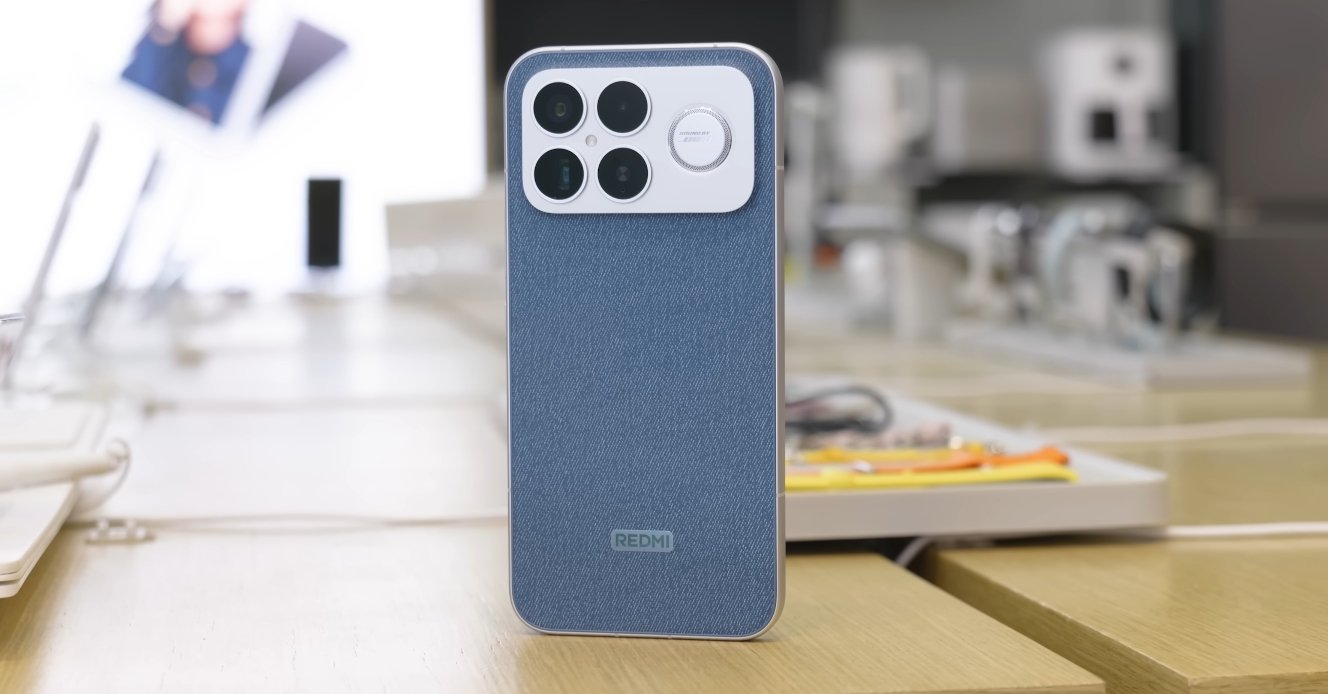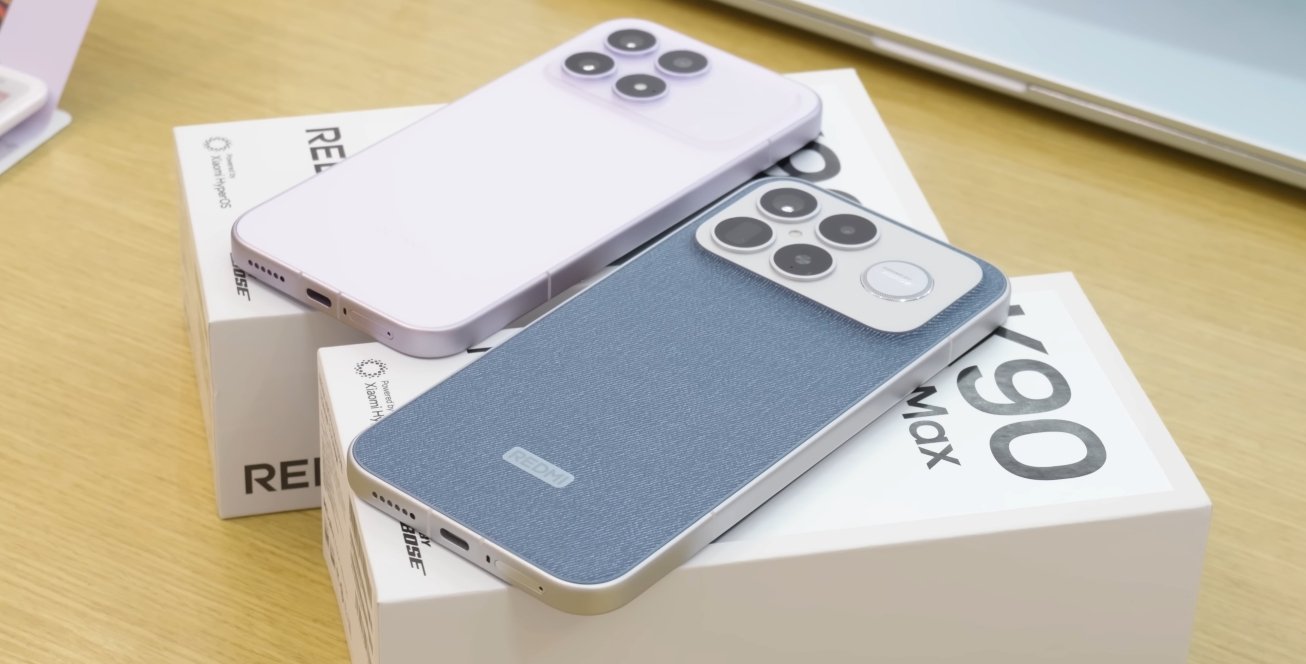Camera performance and photography feedback from Canadian users
The Redmi K90 Pro Max has quickly become one of the most discussed smartphones among Canadian photography enthusiasts, thanks to its advanced triple-camera setup and impressive hardware configuration. As discussions grow across various photography forums, users have been sharing their impressions about how this phone’s imaging system performs under real-world Canadian conditions. From bright daylight shots to low-light winter captures, the K90 Pro Max is attracting attention for its balance between hardware strength and software image processing.
The camera stack on the Redmi K90 Pro Max consists of three 50-megapixel sensors. The primary camera features a large 1/1.31-inch sensor with optical image stabilization, designed to capture detailed, bright images even in challenging lighting. The secondary camera is a 50-megapixel ultra-wide unit, ideal for landscapes and group photos, while the third is a 50-megapixel periscope telephoto lens that offers up to 5x optical zoom. For many Canadian users, this combination represents a solid step forward for Redmi, especially since it brings flagship-level versatility to a more affordable price range.
Canadian photography communities have been analyzing this device closely, comparing it to established camera leaders like the iPhone 16 Pro, Samsung Galaxy S24 Ultra, and Google Pixel 9 Pro. Many forum members note that the Redmi K90 Pro Max’s main sensor produces bright, crisp images with vivid contrast. In sunny conditions, colors appear lively and detailed, which appeals to users capturing Canada’s scenic landscapes—from the Rockies to the coastlines of Nova Scotia. However, some photographers have mentioned that the camera tends to oversaturate colors slightly, giving photos a punchier but less natural look.

In low-light environments, Canadian users have found the camera’s large sensor and optical stabilization to be quite effective. Night shots of city streets, snow-covered suburbs, or indoor scenes show strong noise control and good sharpness. The device’s dedicated night mode enhances shadow detail without introducing too much artificial brightness. Photographers in colder provinces, who often deal with reflective snow and low winter light, appreciate how the sensor handles highlights and glare. Still, a few forum members note that the white balance can sometimes drift toward warmer tones under artificial light, slightly altering color accuracy.
One standout feature that has impressed forum users is the telephoto lens. With 5x optical zoom, the Redmi K90 Pro Max allows photographers to capture distant subjects with minimal loss of detail. Canadian wildlife photographers, for example, have shared that the zoom lens performs well when photographing birds, animals, or outdoor events from a distance. While it does not rival the performance of ultra-premium flagships, it produces stable, usable results even in overcast conditions. The optical stabilization on the telephoto lens also helps reduce motion blur during handheld shots, which is particularly valuable in colder months when users wear gloves or shoot in windy environments.
The ultra-wide lens has also received positive remarks, especially for capturing expansive Canadian landscapes. Whether shooting mountain ranges, city skylines, or lakeside panoramas, the lens maintains color consistency close to that of the main sensor. Edge distortion is minimal, and detail preservation across the frame is better than earlier Redmi generations. For group photos or architectural shots in bright light, users have found the ultra-wide sensor to be reliable and sharp. However, a few photographers note that image noise can appear in ultra-wide night shots, which is a common limitation for most smartphones in this range.
Discussions in Canadian forums also focus on image processing and tuning. The Redmi K90 Pro Max uses Xiaomi’s AI image optimization, which enhances sharpness and color vibrancy. This makes photos social media-ready out of the box, but some professional photographers prefer a more neutral tone. Many Canadian users mention that shooting in RAW mode gives them more control in post-processing, especially when working with Lightroom or Snapseed. This flexibility allows them to adjust exposure and color balance manually, achieving a more realistic result closer to what they see with their eyes.
Battery performance and heat management during camera use are also part of the conversation. In colder climates, the device maintains stable camera performance, with only minimal slowdown during prolonged shooting sessions. The large battery ensures that extended outdoor photography sessions do not quickly drain power, even when using high-resolution or video modes. For content creators and vloggers, the 8K recording capability and stable autofocus have been appreciated, though some note that extended 8K use can warm the phone slightly.
Overall, Canadian photography enthusiasts view the Redmi K90 Pro Max as a strong performer in its category. Its hardware rivals many flagships, and its results are particularly good for a phone in this price bracket. While software tuning still leaves room for improvement—especially in color accuracy and HDR balancing—most users agree that the phone offers exceptional value. For casual and semi-professional photographers, it delivers consistent, vibrant results that suit Canada’s diverse photography conditions.
In conclusion, the Redmi K90 Pro Max’s camera system has made a positive impression in Canadian photography forums. Its powerful hardware, reliable zoom lens, and adaptable image quality make it a practical choice for users seeking flagship-level performance without premium pricing. Though it may not yet surpass the most advanced camera phones, it captures the essence of what users need: detail, color, and dependability across all environments—from snowy trails in Alberta to summer festivals in Toronto.
Also Read: How Canadian importers share user firmware experiences for Redmi K90 Pro Max

